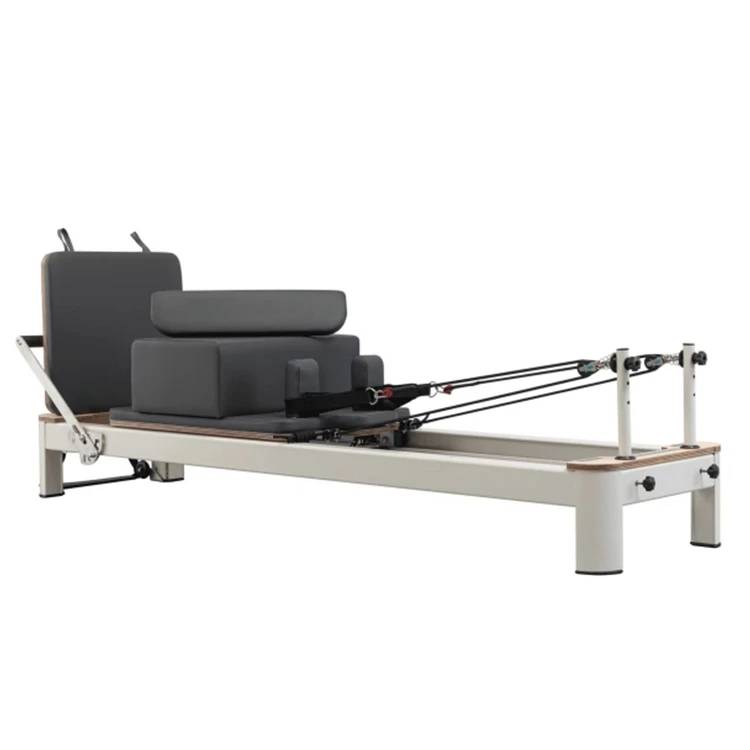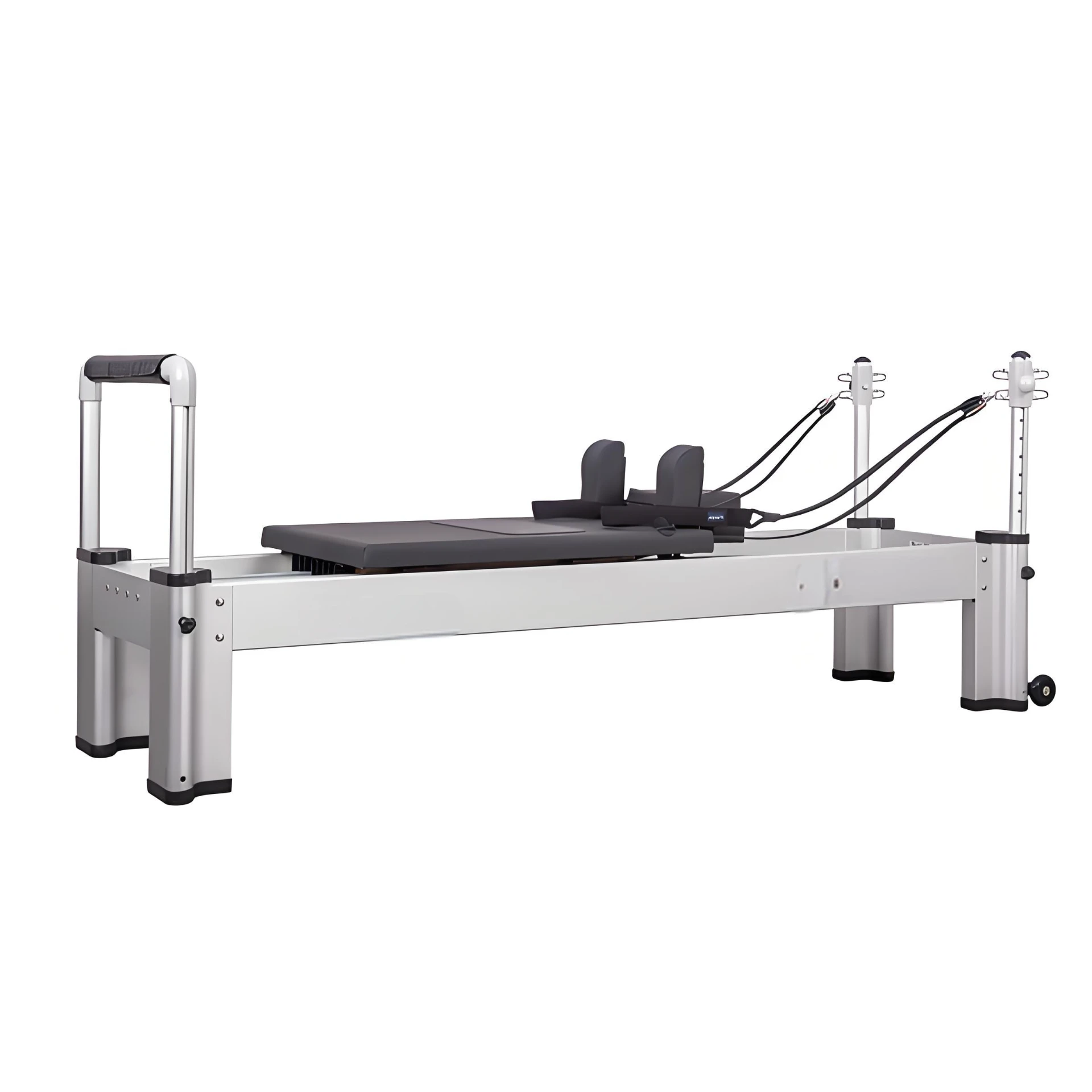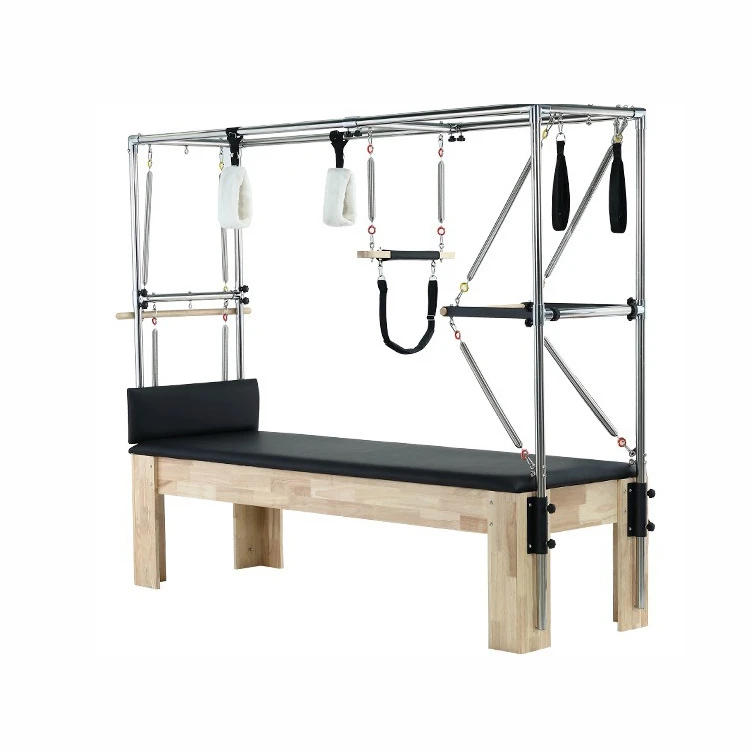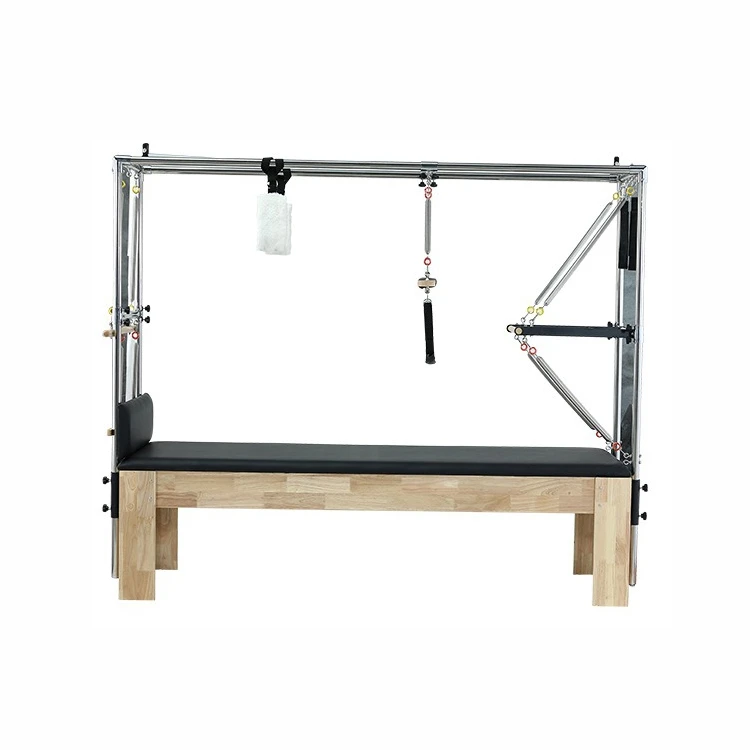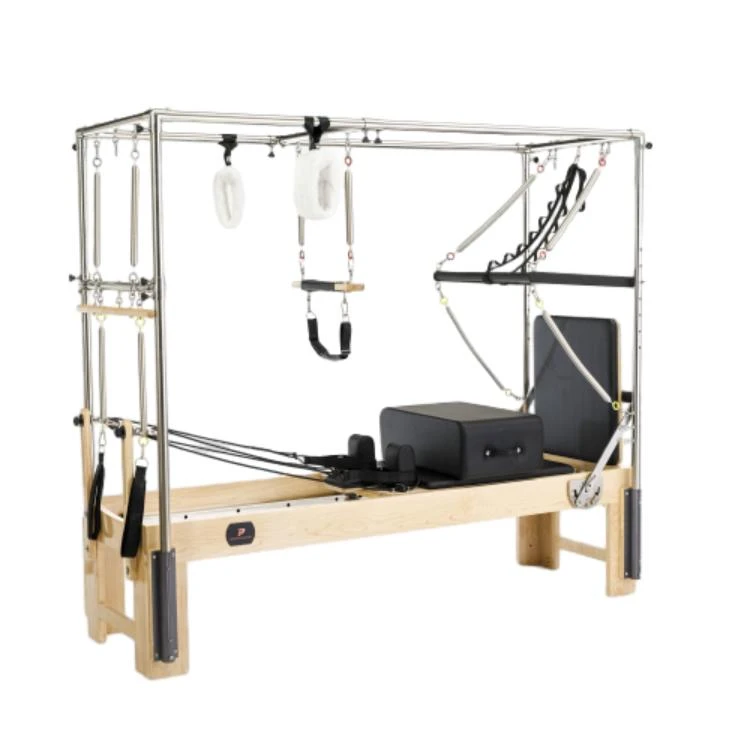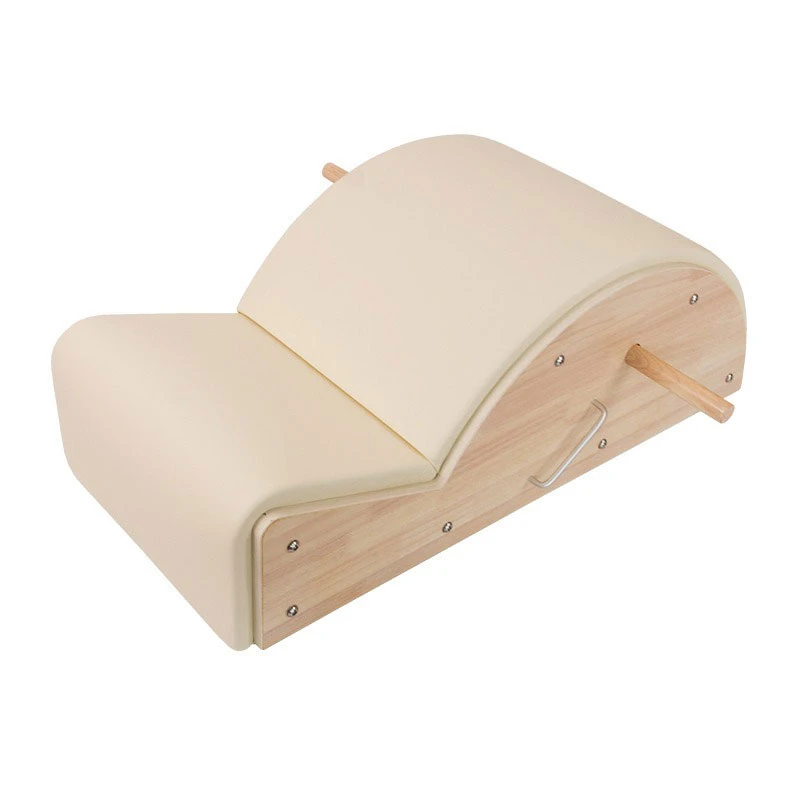How to Choose the Best Pilates Reformer for Home Expert Guide
- Understanding Pilates Reformer Fundamentals
- Technical Specifications Breakdown
- Key Selection Criteria: Beyond Basic Features
- Market-Leading Brands Compared
- Customization Options Based on User Profile
- Real-World Applications and Space Considerations
- Final Selection Process and Maintenance
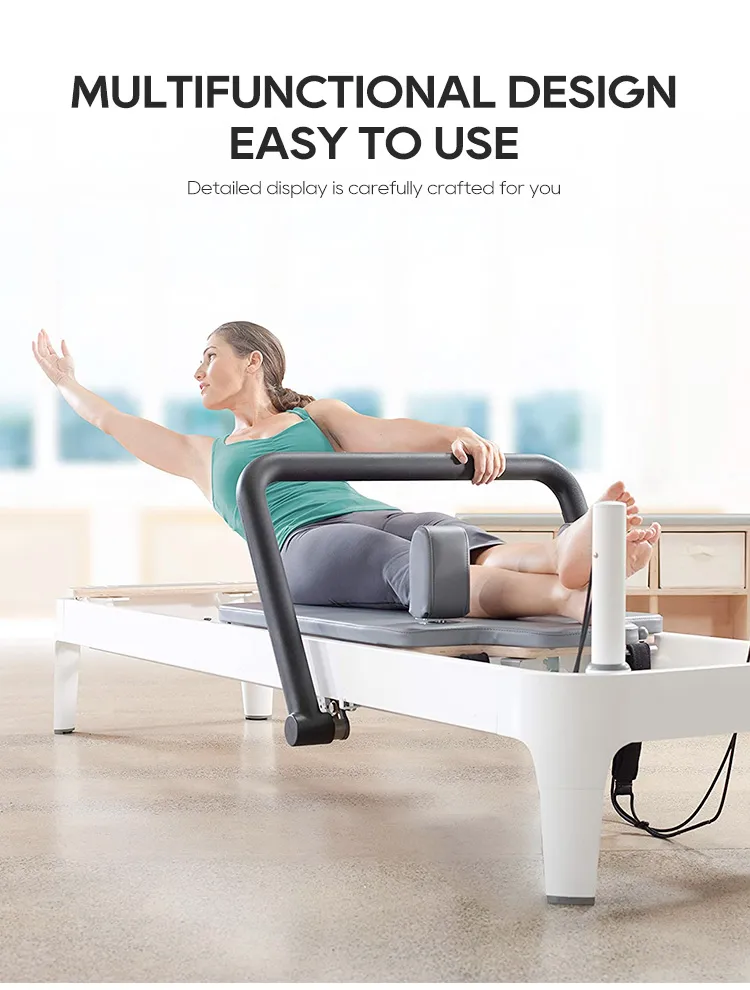
(how to choose a pilates reformer)
Understanding How to Choose a Pilates Reformer: Core Fundamentals
Selecting the appropriate Pilates reformer requires understanding its mechanical principles and exercise applications. Reformers utilize spring resistance instead of weights, providing adjustable tension that maintains muscle engagement throughout each movement. This resistance mechanism allows for over 100 possible exercises targeting strength, flexibility, and balance. Modern reformers typically feature 4-5 adjustable springs offering resistance levels ranging from 15 to 150 pounds. Research indicates proper reformer use increases muscle activation by 34% compared to mat work alone. Consider anatomical alignment features such as shoulder rests with at least 3 height positions and footbar systems with minimum 5 configurations to ensure proper spinal support.
Technical Specifications Breakdown
Critical specifications directly impact performance longevity. Evaluate frame material carefully - aircraft-grade aluminum frames (found in premium models) withstand daily use while reducing weight by 40% compared to steel alternatives. The carriage should utilize sealed ball-bearing rollers instead of plastic wheels, providing smoother motion and eliminating maintenance needs for approximately 10,000 cycles. Verify spring specifications: professional-grade springs maintain resistance integrity for approximately 5,000 hours versus economy springs degrading after 800 hours. Weight capacities vary significantly; residential models typically support 250-300 lbs, while commercial reformers withstand 400+ lbs. Noise reduction technologies like polyurethane dampeners reduce operational sound by up to 60%.
Key Selection Criteria: Beyond Basic Features
Analyze usage patterns before determining essential features. For therapeutic applications, prioritize models with convertible shoulder rests accommodating both supine and seated positions. Home users should consider reformers with telescoping rails reducing footprint by 25% when stored. Verify spring adjustment mechanisms: quick-change levers save significant setup time versus traditional pin systems. Specialized add-ons enhance versatility - jump boards enable plyometric training while long spine supports increase spinal extension capabilities. Safety mechanisms including automatic spring locking and non-slip pedal surfaces reduce injury risks by 62% according to physical therapy studies.
Reformer Manufacturer Comparison Analysis
| Brand | Frame Material | Spring System | Commercial Warranty | Noise Level (dB) | Residential Price Range |
|---|---|---|---|---|---|
| Balanced Body | Aircraft aluminum | Quadrant spring system | 10 year frame | 32 dB | $3,200-$6,500 |
| Merrithew | Reinforced steel | Vertical springs | 7 year frame | 41 dB | $2,800-$5,100 |
| AeroPilates | Tempered steel | Cable resistance | 3 year total | 58 dB | $450-$1,200 |
| Peak | Composite aluminum | Triad spring technology | Lifetime frame | 35 dB | $2,200-$4,700 |
Professional reformers from leading manufacturers maintain carriage stability within 0.5mm tolerance during dynamic movements, unlike economy models exhibiting up to 3mm deviations. Premium brands typically provide specialized institution discounts of 15-20% for certified instructors.
Customization Options Based on User Profile
Optimizing reformer selection depends on specific user requirements. For rehabilitative applications, reformers with spring tension as low as 5 pounds accommodate post-surgical patients. Tall users (over 6'2") should prioritize models exceeding 90-inch frame length for unrestricted movement. Storage-constrained spaces benefit from vertical folding capabilities reducing footprint to 10 sq ft versus 36 sq ft for non-folding units. Corporate wellness programs frequently select convertible reformers transitioning between group classes and individual sessions. Budget-limited users can find studio-quality refurbished units from authorized dealers at 30-40% savings while retaining professional warranties.
Real-World Applications and Space Considerations
Implementing reformers requires environmental analysis. Residential installations necessitate minimum 9'x6' clear space for safe operation, while commercial studios allocate 10'x8' per station. Proper flooring is critical - rubber flooring systems absorbing up to 90% impact energy prevent frame shifting during vigorous sessions. Climate-controlled environments maintain spring elasticity; sustained temperatures exceeding 90°F degrade spring performance by 18% within six months. Integrating reformers with streaming technology enables hybrid training options utilized by 73% of modern studios. Testimonials demonstrate specialized applications: ballet companies improve extension using reformers with high-tension springs set above 120 lbs, while seniors benefit from low-entry models featuring 14-inch heights.
Final Considerations on How to Choose a Pilates Reformer
Evaluating long-term value determines final selections. Professional studio operators focus on units delivering 15,000+ service cycles with predictable maintenance costs averaging $200 annually. Verify manufacturer certification against international safety standards ISO 20957 and EN 957. Secure financing programs are available through certified vendors, offering 0% interest options spreading payments over 36 months. Post-purchase support accessibility is crucial - authorized dealers provide technical response within 24 hours versus third-party sellers averaging 72-hour waits. Ultimately, prioritizing models with studio-grade components ensures peak performance retention beyond 7,000 usage hours. Proper maintenance protocols like monthly spring rotation and quarterly roller inspection preserve reformer function and safety over decades of continuous use.
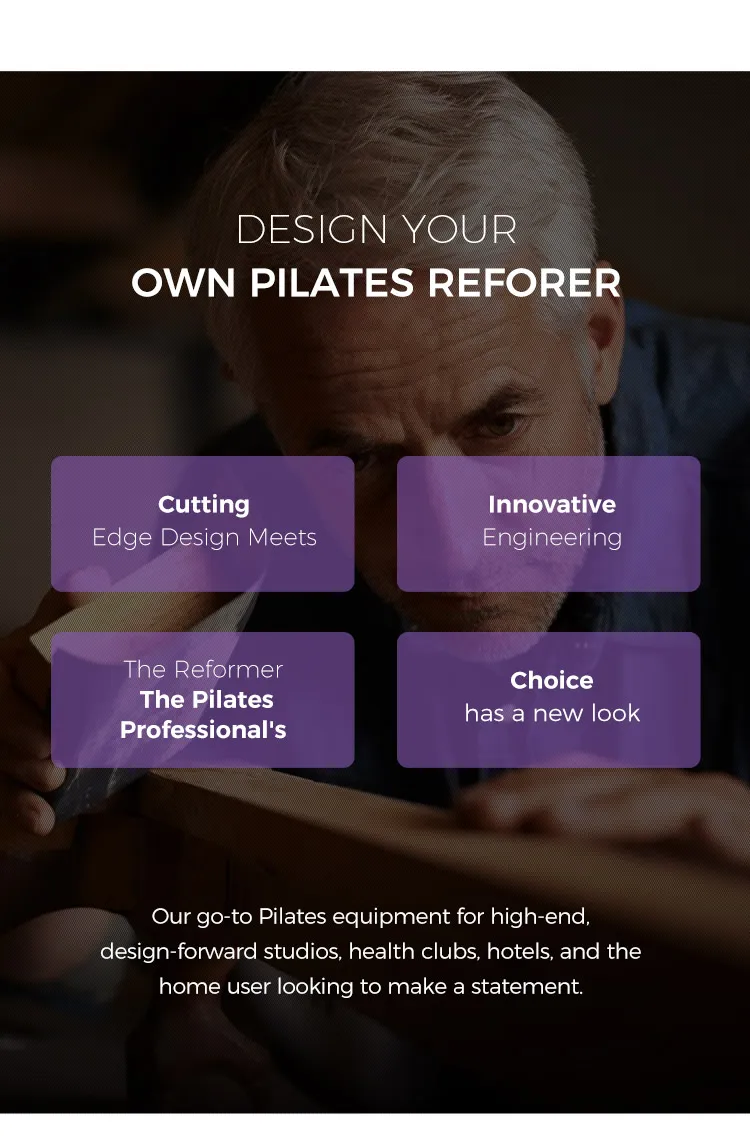
(how to choose a pilates reformer)
FAQS on how to choose a pilates reformer
Q: How do I choose a Pilates reformer for home use?
A: Prioritize compact designs with foldable options for space efficiency. Ensure it includes essential features like adjustable springs and sturdy frame construction to handle regular workouts safely. Verify weight capacity and warranty coverage for long-term home use.
Q: What are key factors when selecting a Pilates reformer?
A: Evaluate build quality, especially the carriage smoothness and frame material like aircraft-grade aluminum. Check resistance customization through spring systems and ergonomic components like footbar adjustments. Test stability during movement to prevent wobbling during exercises.
Q: Should I choose a Reformer Pilates machine with ropes or straps?
A: Ropes offer precise limb control for targeted muscle engagement in Reformer Pilates. Straps provide easier grip versatility for varied exercises like arm work or foot positions. Consider your training goals – ropes suit rehabilitation focus, while straps aid full-body flows.
Q: How important is frame material in a home Pilates reformer?
A: Critical – aircraft-grade aluminum frames resist corrosion and reduce weight while maintaining durability. Wood reformers offer traditional feel but require more maintenance. Metal frames typically provide greater longevity and stability for frequent home workouts.
Q: Why consider spring resistance levels in a Pilates reformer?
A: Adjustable springs cater to different fitness levels, ranging from light (rehabilitation) to heavy (strength training). More springs offer progressive challenge as skills advance. Ensure easy-access tension changers for seamless mid-workout adjustments.
Latest news
-
Pilates Spine Corrector: Benefits & UsesNewsAug.08,2025
-
Pilates Props & Accessories: Enhance Your Workout ExperienceNewsAug.08,2025
-
Pilates Chair: The Ultimate Fitness Equipment for Strength and FlexibilityNewsAug.08,2025
-
Pilates Cadillac: The Ultimate Tool for Advanced Pilates TrainingNewsAug.08,2025
-
Pilates Apparatus for Sale: A Comprehensive Buying GuideNewsAug.08,2025
-
Pilates Equipment Guides & Comparisons: Elevate Your Fitness Business with Barrel Chair PilatesNewsAug.08,2025
- Address
- Room 1601, 1302, Building A, Zijingguandi, Qiaodong District, Xingtai City, Hebei Province, China
- Sandra@raetin.com
- Phone
- +86 18231139331

